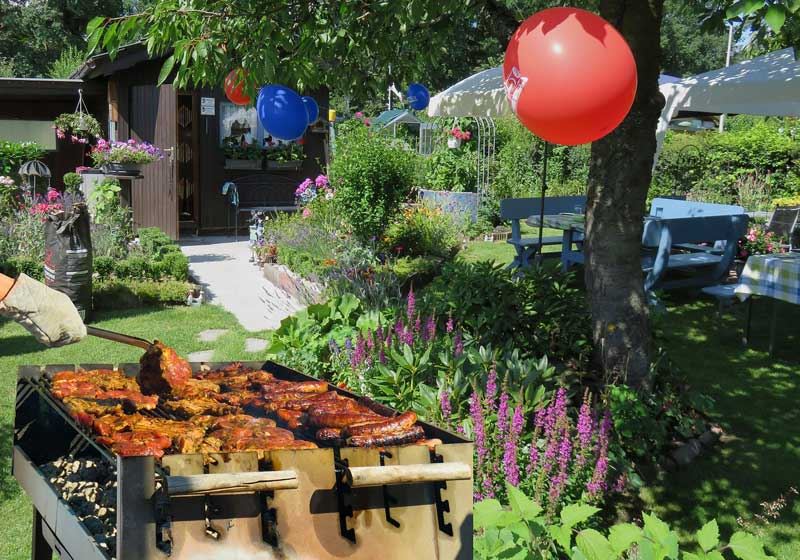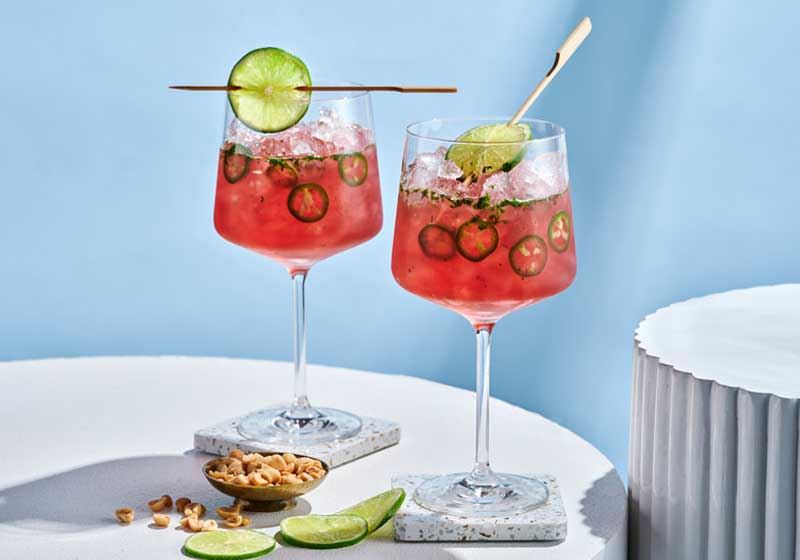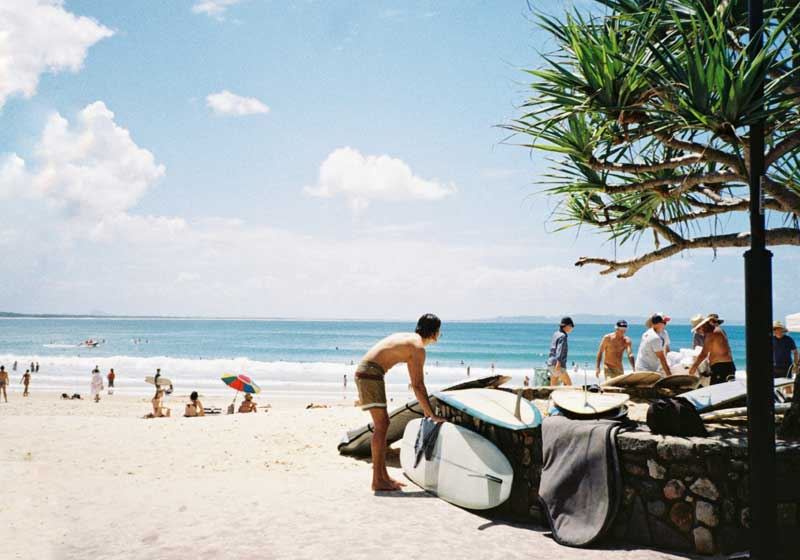By Laura Rancie.
I recently had the pleasure of attending the grand opening of Korean fusion restaurant, Funda in Sydney’s CBD. What I found particularly innovative was that Funda didn't just try to make every dish a twist or a fusion. There was a harmonious balance to the elements, bringing out an umami flavour you would expect but with surprising and welcome pops of European ingredients incorporated into each dish. The restaurant is headed up by Executive Chef Jung-Su Chang, and Head Chef Chris Kim.
Jung-Su describes: "For dishes like fried chicken, crudité, and jjigae, we wanted to showcase them as they are eaten in Korea. For example, a dish like soy cured prawn combines elements from both countries by combining soy marinated shrimp, which is commonly eaten at homes in Korea, with burrata cheese, which is popular in Australia and Europe.”

Jung-Su Chang is the hottest arrival to the Sydney food scene. Hailing from Korea, his expertise and reputation are following him to Sydney's shores as he heads the team.
Jung-Su’s experience precedes him, from working in Michelin star restaurants in Korea (Jungsik Seoul, L’amant Secret and Pierre Gagnaire à Séoul) and Michael Mina San Francisco and hatted restaurants, Moon Under Water and Supernormal. His decision to move to Australia and join the team at Funda and Allta was driven by Jung-Su's desire for new experiences in life.
How can the average Aussie, bring more Korean flavour into the midweek cooking repertoire?
Jung Su: "Korean food isn't as difficult as you might think, as long as you have a few basic sauces at home - basically, soy sauce, bean paste, chili paste, Korean fish sauce and sesame seed oil are all you need.
"In many Korean supermarkets, bean paste for soup is already sold as a product the way miso is in Japan. Simply boil water with your favourite vegetables, kombu and bean paste for a quick and easy Korean soup. The side dishes we eat with rice in Korea are called Ban-chan. You can toss blanched spinach or sautéed vegetables with a little minced garlic, soy sauce and sesame seed oil for an easy side dish. If you have toasted sesame seeds in the house, you can always add a little to upgrade the flavour of any Korean dishes.”
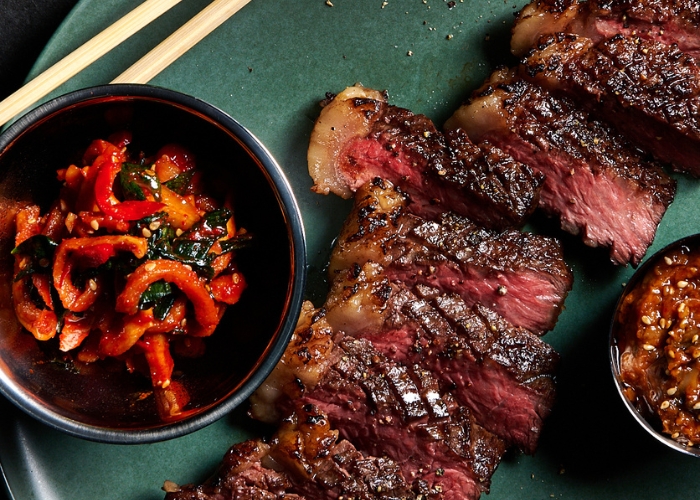
Jung-Su isn’t alone in the kitchen, working with Head Chef Chris Kim, who has also built an impressive career fuelled by his love for culinary artistry and a deep connection to his Korean heritage. As former Senior Sous Chef at Testuya’s, Chris’ experience working in some of Australia’s most prestigious and hatted restaurants (Tetsuya’s, Mjolner, Sepia and Urbane) coupled with continuous self-education has enabled him to push gastronomic boundaries.
I’m really curious about the flavour combination in your grilled leek which has stracciatella cheese and pistachios but also that umami found in the Korean soy sauce. Who came up with that, and what was the process of making it an accepted dish?
Jung-Su: "It's a collaborative effort between Chris, and myself. I personally love the flavour that comes out of vegetables when they are cooked just right. Leek, cheese, and pistachio are very French ingredients, but I think we added our own colour to the dish by adding chilli pickles, fermented daikon pickles and the Korean version of master soy sauce.
"I think this dish has a nice balance of heat from the chilli pickles, nuttiness from the pistachios, sweetness from the leeks and umami from the master soy sauce."
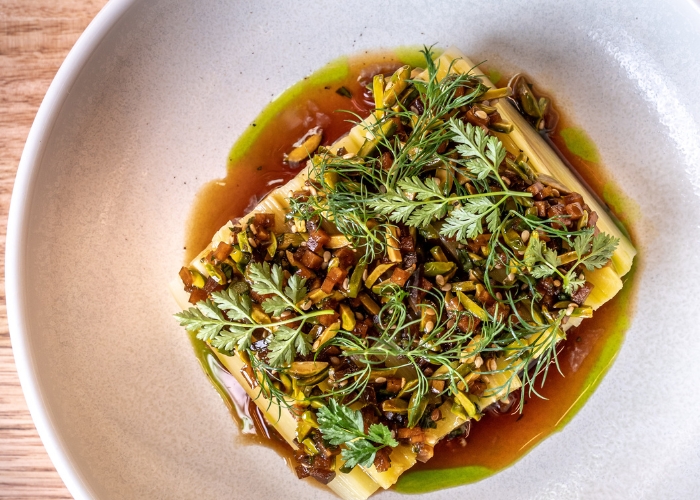
Can you explain how the menu has been created?
Jung-Su: "In Korea, there are four basic flavours. soy sauce, fermented bean paste, fermented chilli paste and oil flavour - like sesame oil.
When we were building the menu, we thought about these fundamental flavours of Korean cuisine so that our menu wouldn’t just focus on one specific flavour. Then there are many different herbs and spices that can be added to the dish to boost and complement the main ingredients."
Are Koreans big into dessert?
Chris: "These days, young Koreans have a real sweet tooth. If you ever visit Seoul, you'll notice there are more dessert shops than in Sydney. It's become a big trend. What's really cool is that Koreans who have tried desserts from around the world are bringing those flavours back home. This has added a whole new dimension to the dessert scene in Korea. In short, Seoul's dessert game is booming and it's all thanks to the love for sweet treats among the younger generation and the influence of international dessert experiences."
Jung-Su: "Koreans love dessert and there are already a lot of world-class pastry shops in Seoul. I think for Koreans, dessert is as much a part of life as coffee."
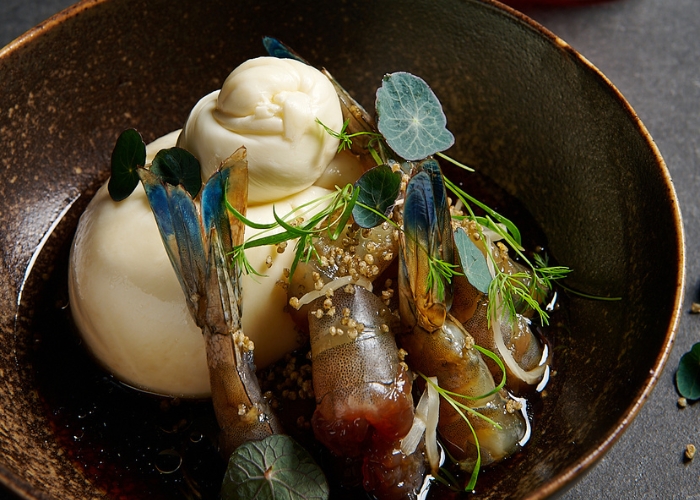
Jung-Su, how do you enjoy the different pace now, away from the Michelin star sphere but still able to create exceptional food, in a more fun manner?
"The country, the city, the environment, the ingredients available to me, many things have changed. But the job itself hasn't changed much from when I was living in Seoul or working in a Michelin-starred restaurant, so I'm trying to enjoy and get the best out of the moment.
"I'm trying to take in as much as I can without having any preconceived notions, I want to express all the feelings and ideas I feel and think of through my dishes. I just want my customers to come to my restaurant not really knowing what to expect then, boom! They just have fun and enjoy themselves with the food, music and vibes."
Every dish on your menu has a twist to it – that’s the fusion coming into play. There’s an element of elevation and reimagination when creating fusion. Can you describe that process?
Chris: "Many Koreans will recognise these dishes by name, but the way they're presented might surprise - what's happening is a clever reinvention. They still have those distinct Korean flavours, but there's a touch of Western and French influence that make them even more special."
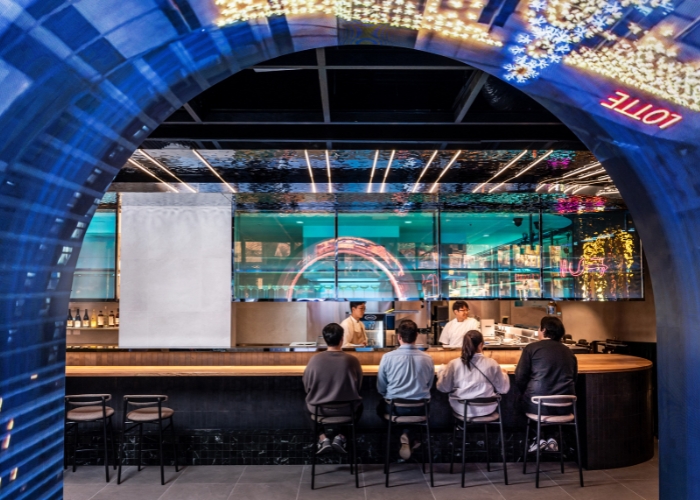
Chris, what is culinary artistry to you?
"This is a world of creation. Our Chefs put a lot of effort into the development of food to create new dishes. To me, the art of cooking is researching many aspects, both taste and appearance and creating a new experience.
"When people eat the food we worked hard to prepare, they have a new experience and it gives them joy, a pleasant surprise or shocking satisfaction by satisfying their desires. I believe that creativity stems from your roots. In that sense, my fundamental roots are from Korea."
To make a booking, head here.




